On June 16, 2025, there was a crash with fatality on I-80 near Mustang. In this case, it was due to a wrong-way driver. But this brings what is on many of our minds to the forefront: The section of I-80 from just west of Wadsworth to Vista Boulevard in Sparks continues to become more congested and more dangerous, with the most dangerous portion being between USA Parkway and Vista Boulevard. It seems to many of us that crashes occur nearly daily. According to the Nevada Department of Transportation (NDOT), the volume of traffic on this section of I-80 has increased by over 70% since 2013. Another analysis shows 720 crashes with 9 fatalities from 2018 to 2022. That’s an average of just under one every two days. Today, it wouldn’t be surprising if it was considerably higher.
One recent study shows that I-80 at USA Parkway sees an annual average of about 52,000 vehicles per day. The general guideline for the capacity of interstates (given in vehicles per hour, per lane) translates to about 105,000 vehicles per day. (This guideline can be influenced by many factors, including speed, curves, vehicle mix, and weather conditions.) It sounds like we’re well within the capacity of that stretch, but the challenge comes because there are very large traffic peaks around the times of shift change at Tahoe Reno Industrial Center (TRIC). During those times, traffic is likely at or above the highway’s capacity. There are other peaks near conventional commute times.
When we see almost constant crashes on a road that many of us use frequently, it’s pretty normal to get angry. We don’t want our loved ones to get hurt or killed. We think we should be able to get where we’re going, on time, and without risking our lives. We want something DONE.
Of course, there is a plan to widen the stretch between Vista Boulevard and USA Parkway from 2 lanes each way to three. Due to the canyon, the river, and the train tracks it will be extremely expensive. At a time when state and federal budgets are seeing a lot of pressure, it may get worse in the near-to-medium term. Since 80% of the USA Parkway traffic comes from the west, and since 80% of those commuters live north of I-80, there has also been a project proposed to put in a new road, a bypass if you will, from the Spanish Springs area directly to USA Parkway. That would also be extremely expensive. (It has been suggested that this could be a toll road, but current Nevada law does not allow that.)
Regardless of whether one or both of these projects come to fruition, they are both, at least, several years down the road. Between finding the money and actually getting the work done, these are very long projects.
So what do we do in the meantime? Increase enforcement? I personally believe that there does need to be more Highway Patrol presence. I recently had to go from Fallon into Reno and back on two consecutive days. I saw exactly zero Highway Patrol. Zero. (This doesn’t mean there weren’t any, but I don’t think there were very many.) During those trips, of course most people were above the speed limit. Even more dangerous, multiple times I saw groups of three to six or more cars, all 1-2 car lengths apart, and multiple examples of vehicles cutting off others to change lanes where there wasn’t room to do it safely.
Again, the problem is that purchasing, maintaining, driving and staffing patrol vehicles is very expensive. There’s that budget issue again. In addition, most law enforcement agencies are experiencing challenges hiring enough qualified officers. So what do we do?
Drones.
Hundreds of law enforcement agencies across the country have already started using drones for several different purposes. Of course, drones can’t replace patrol cars. But they can make the number of patrol cars we have much, much more effective. Drones can easily detect speeders and read license plates. They can be programmed to detect violations such as tailgating and unsafe lane changes. They can be programmed to photograph or video-record flagged behaviors such as the ones above. They can be programmed to fly specific routes autonomously. Multiple drones can be managed by one person in a central location. For the price of purchasing and outfitting one patrol car, many drones could be purchased and programmed. Having traffic monitored by drones would allow patrols to focus on known infractions, rather than just waiting to observe one.
Eric York


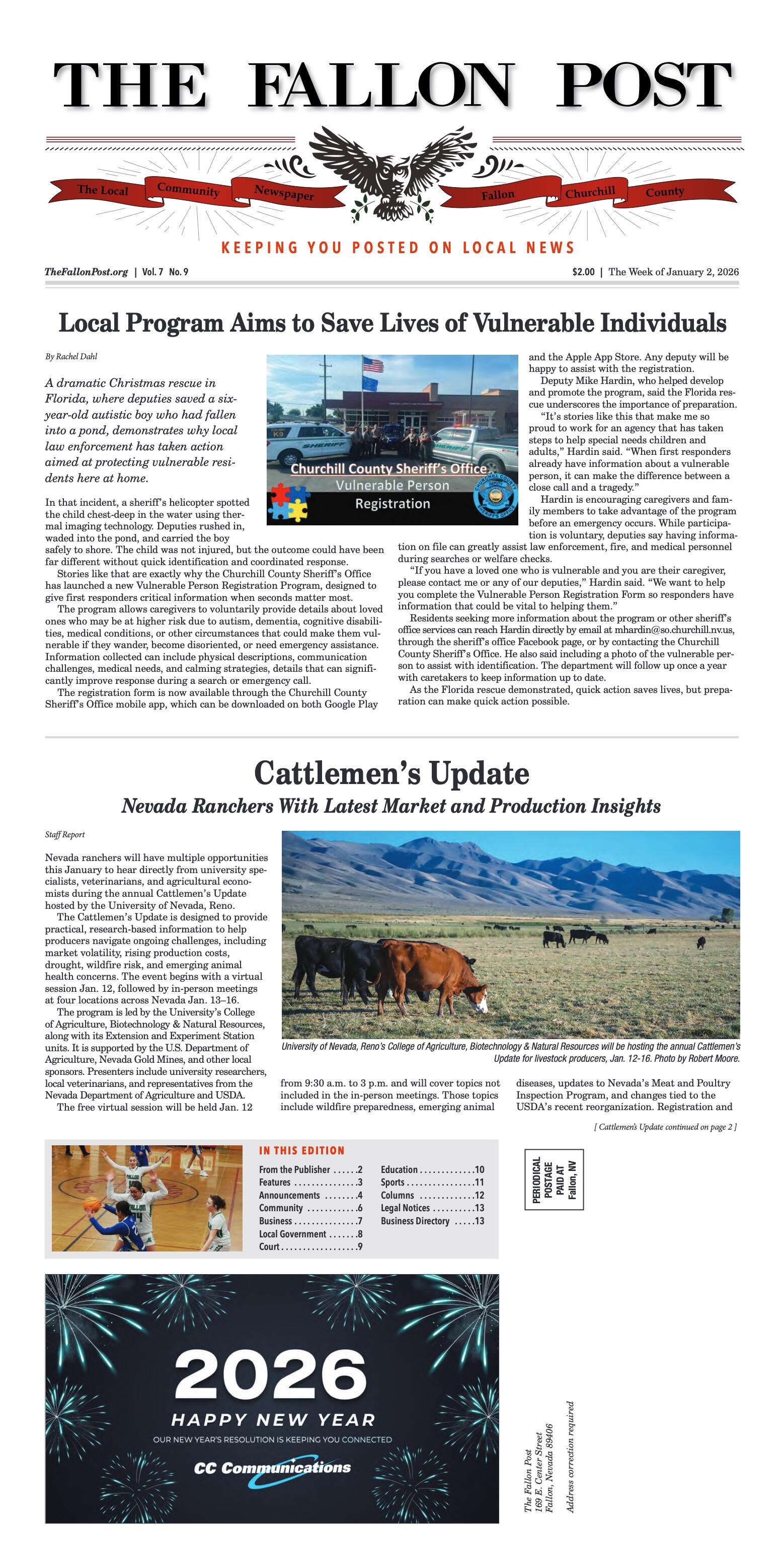
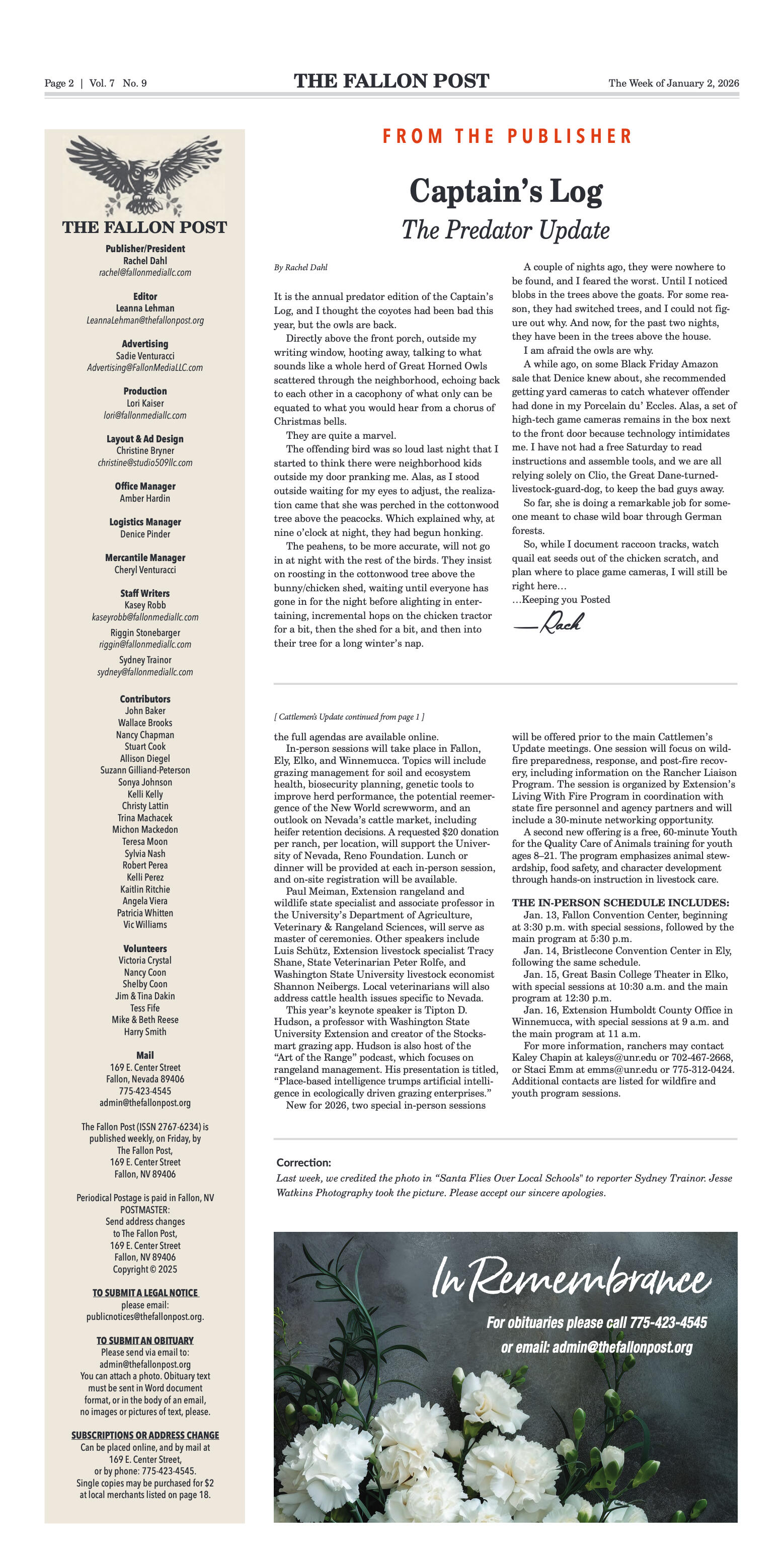
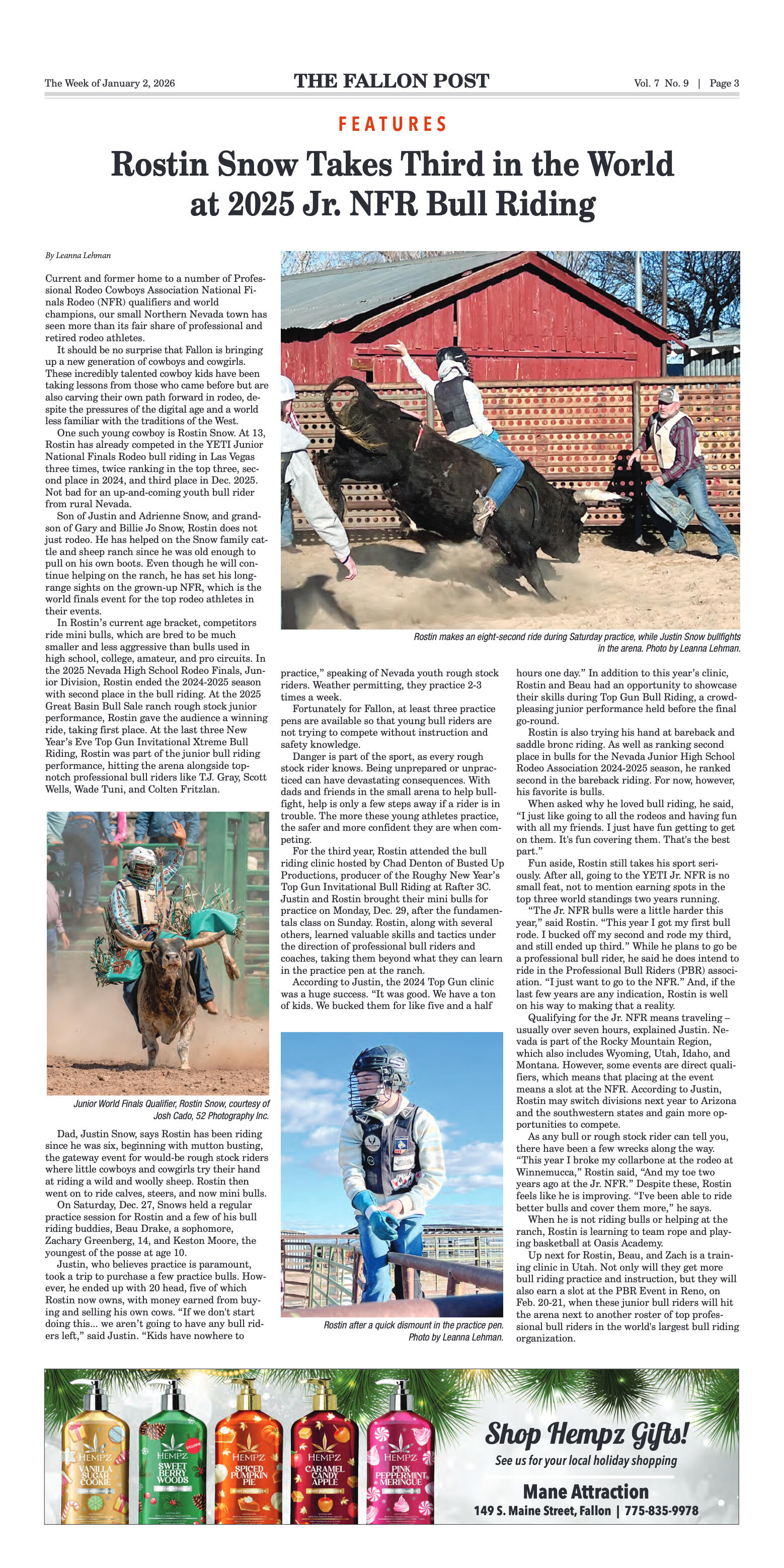
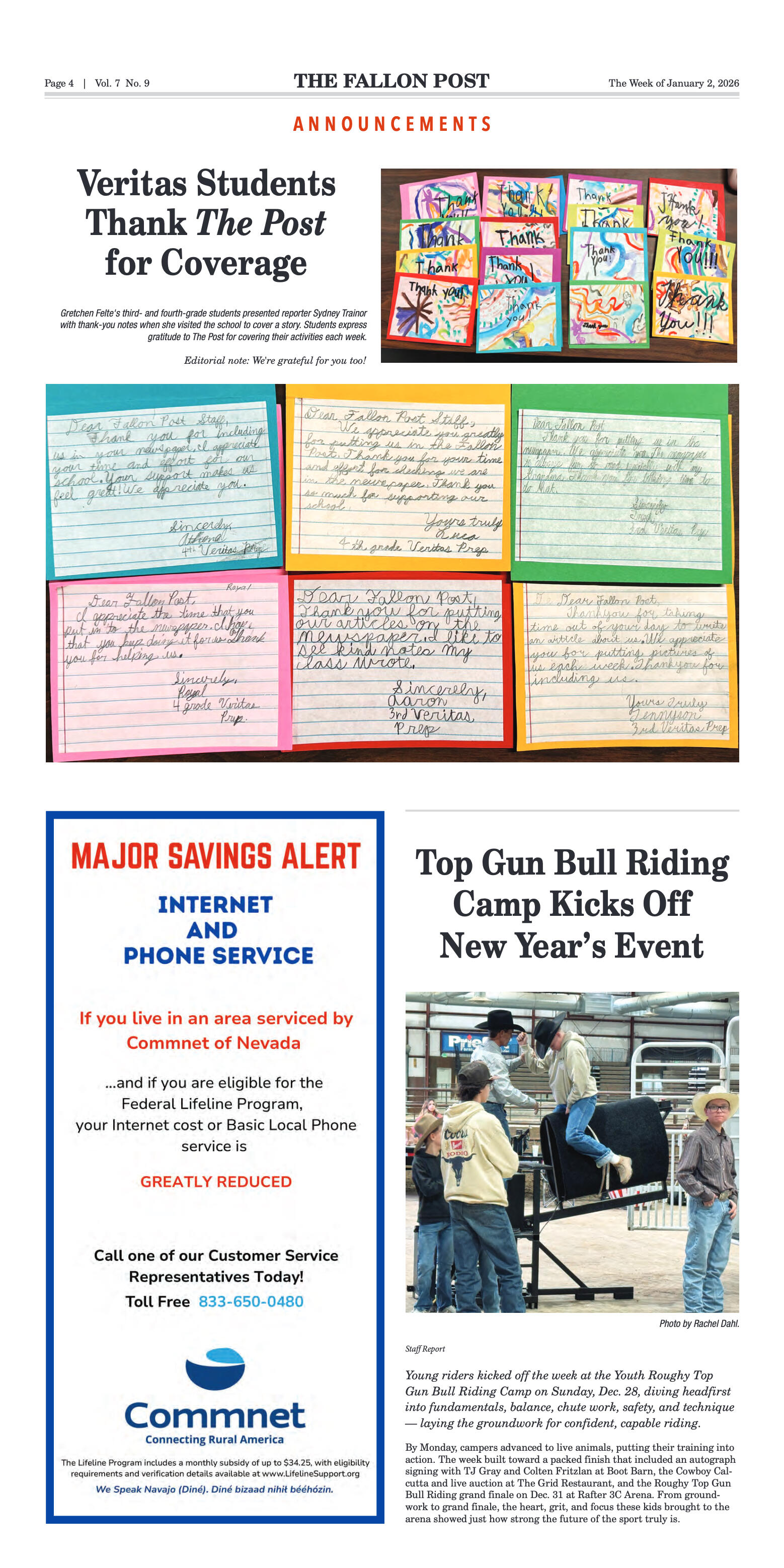
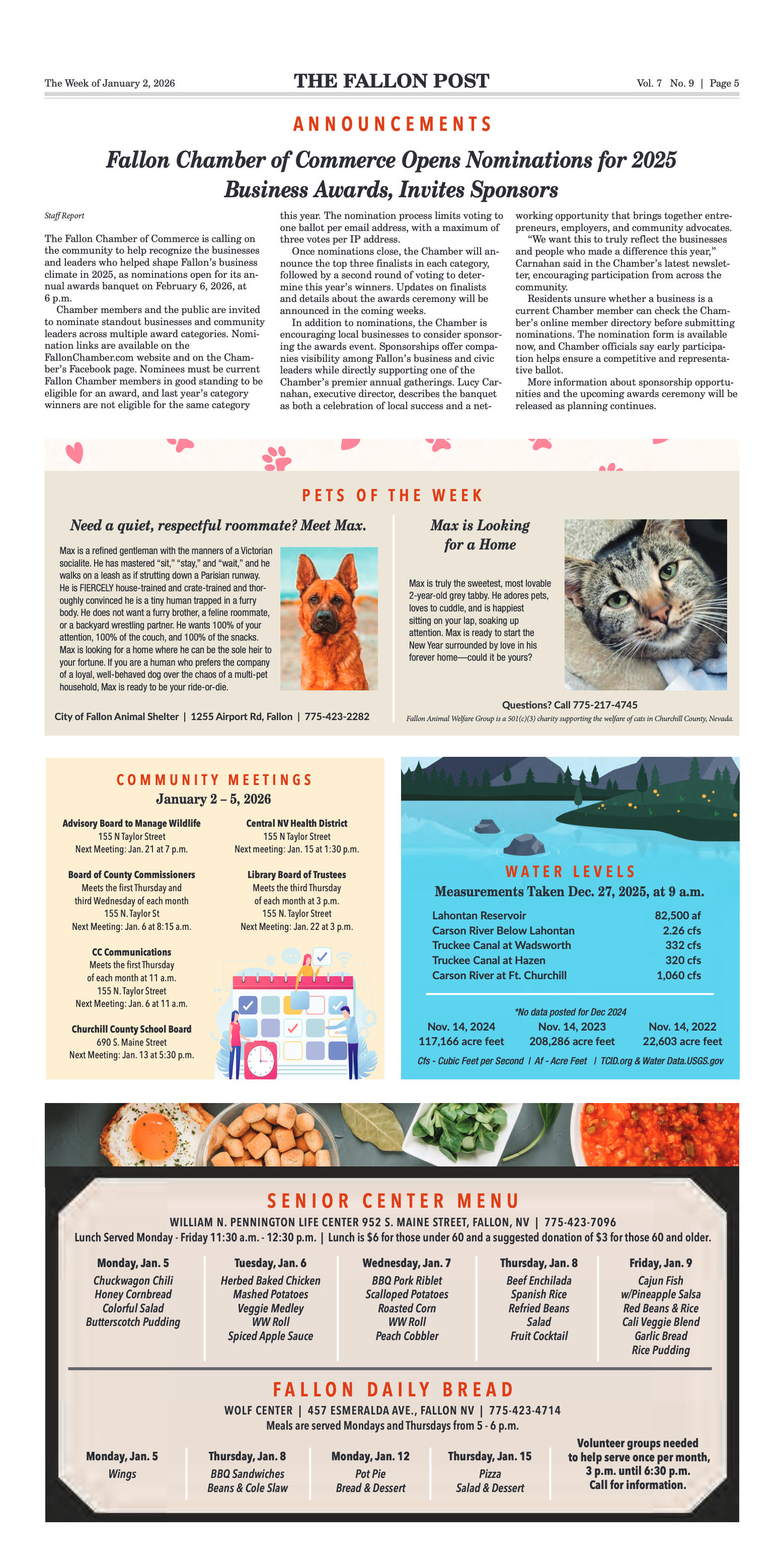
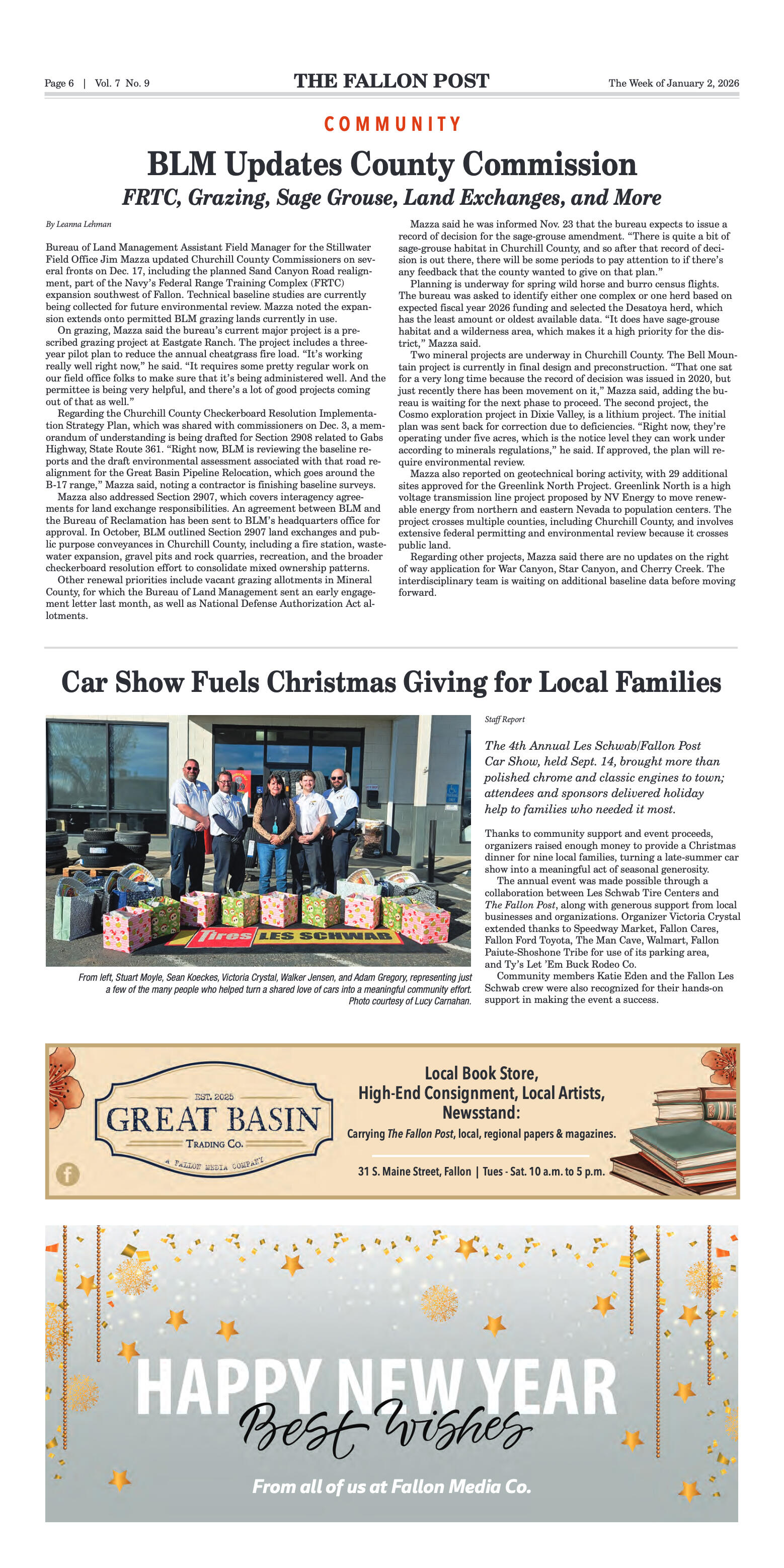
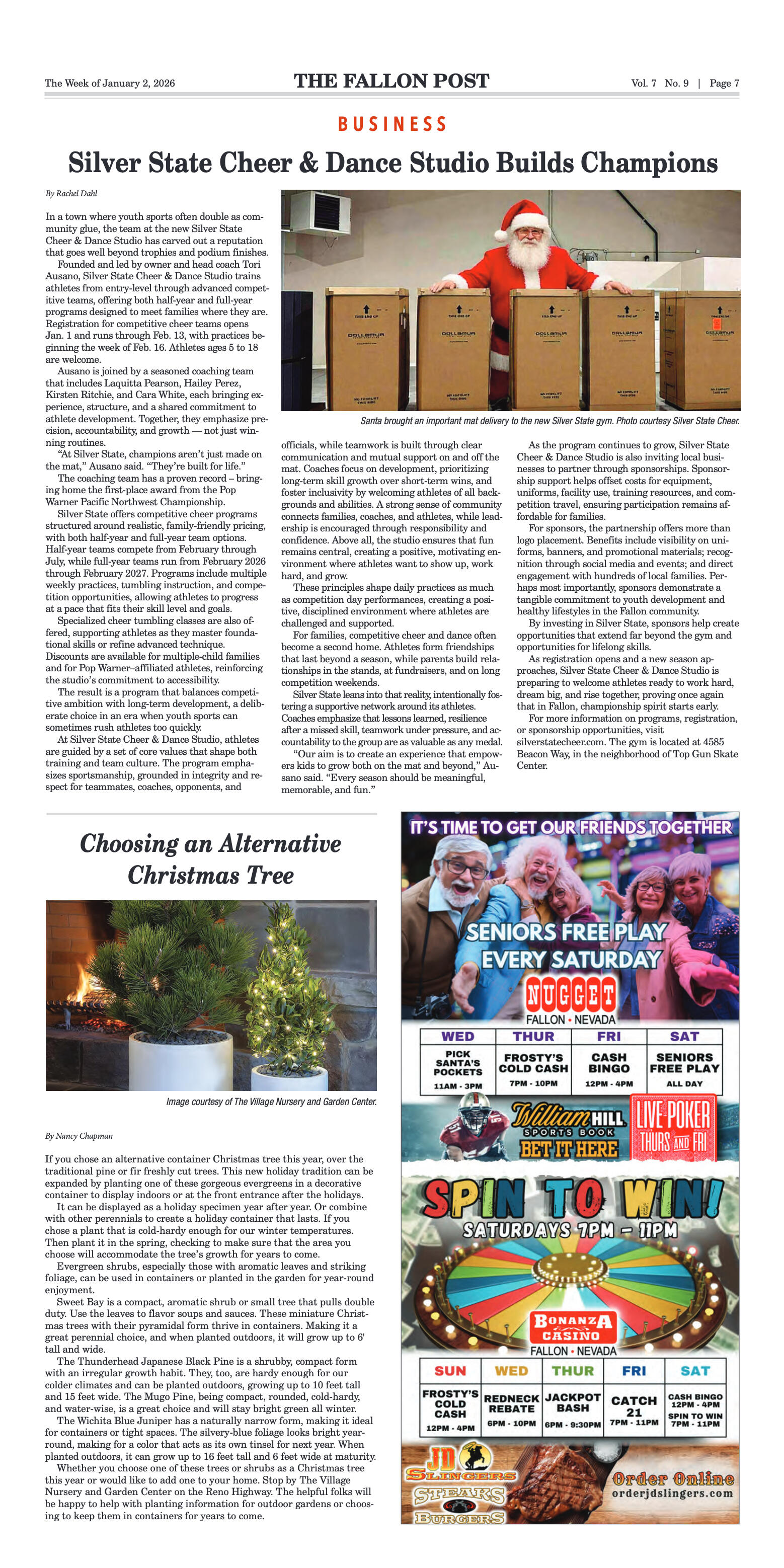
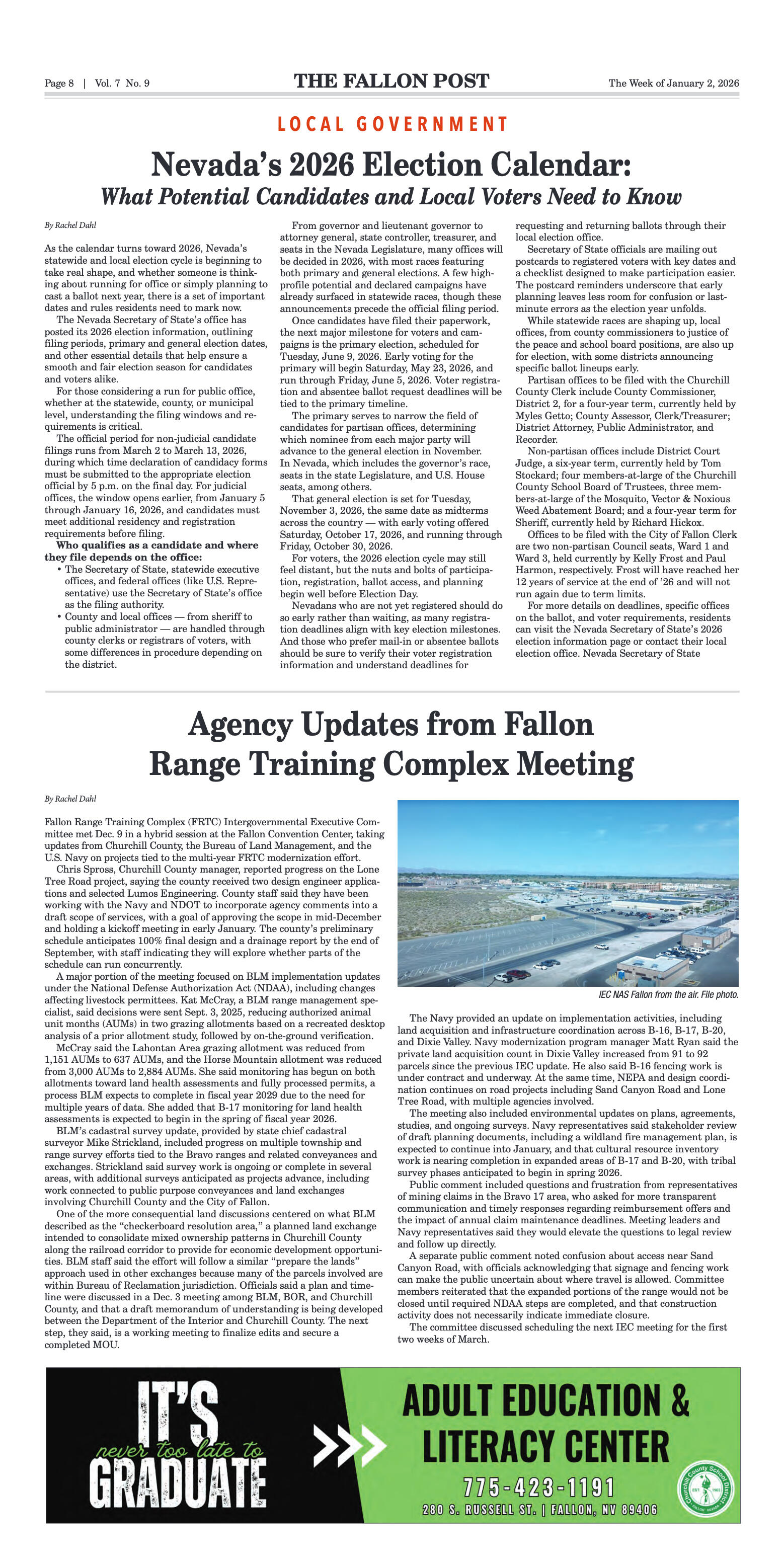
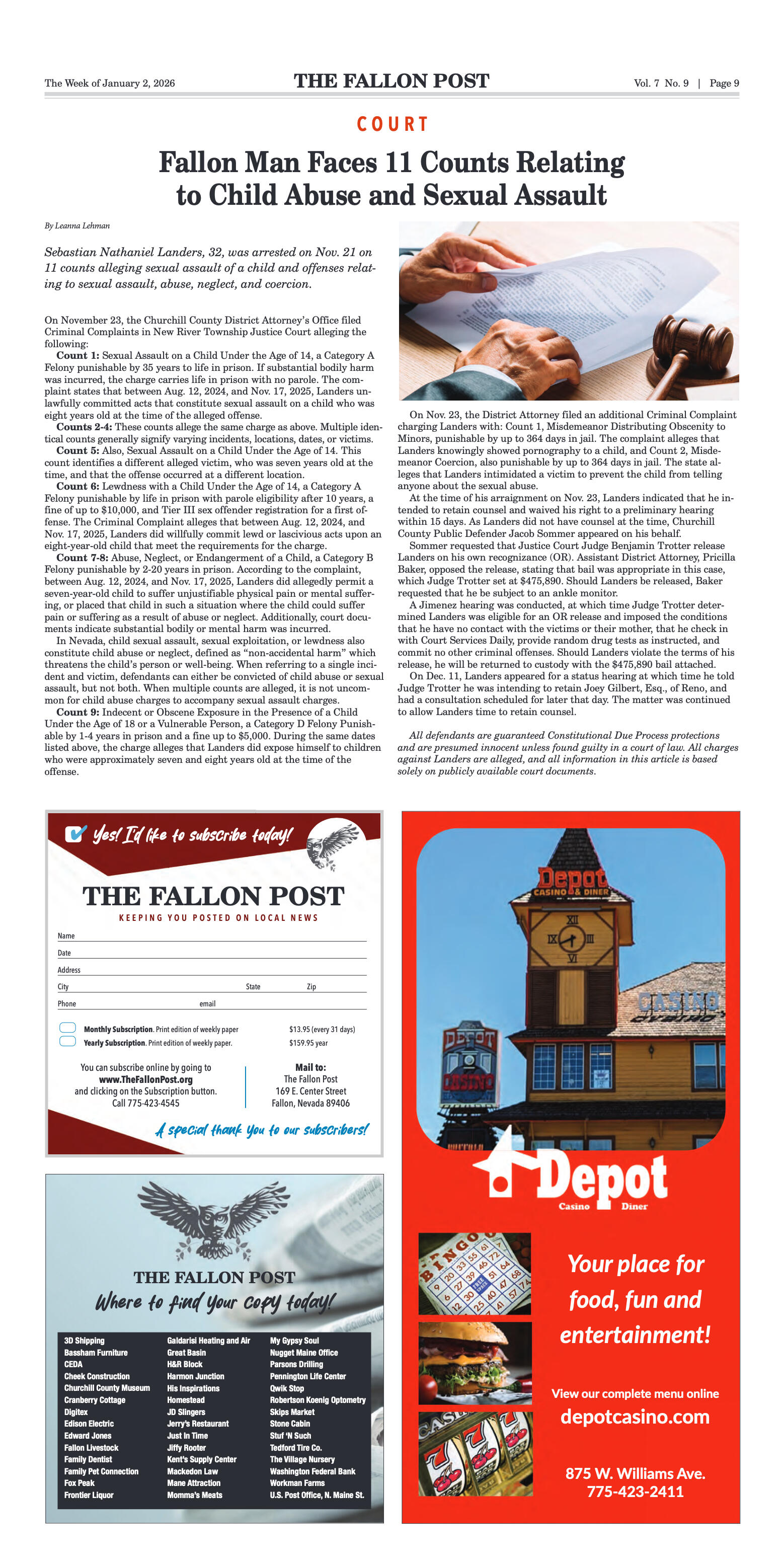
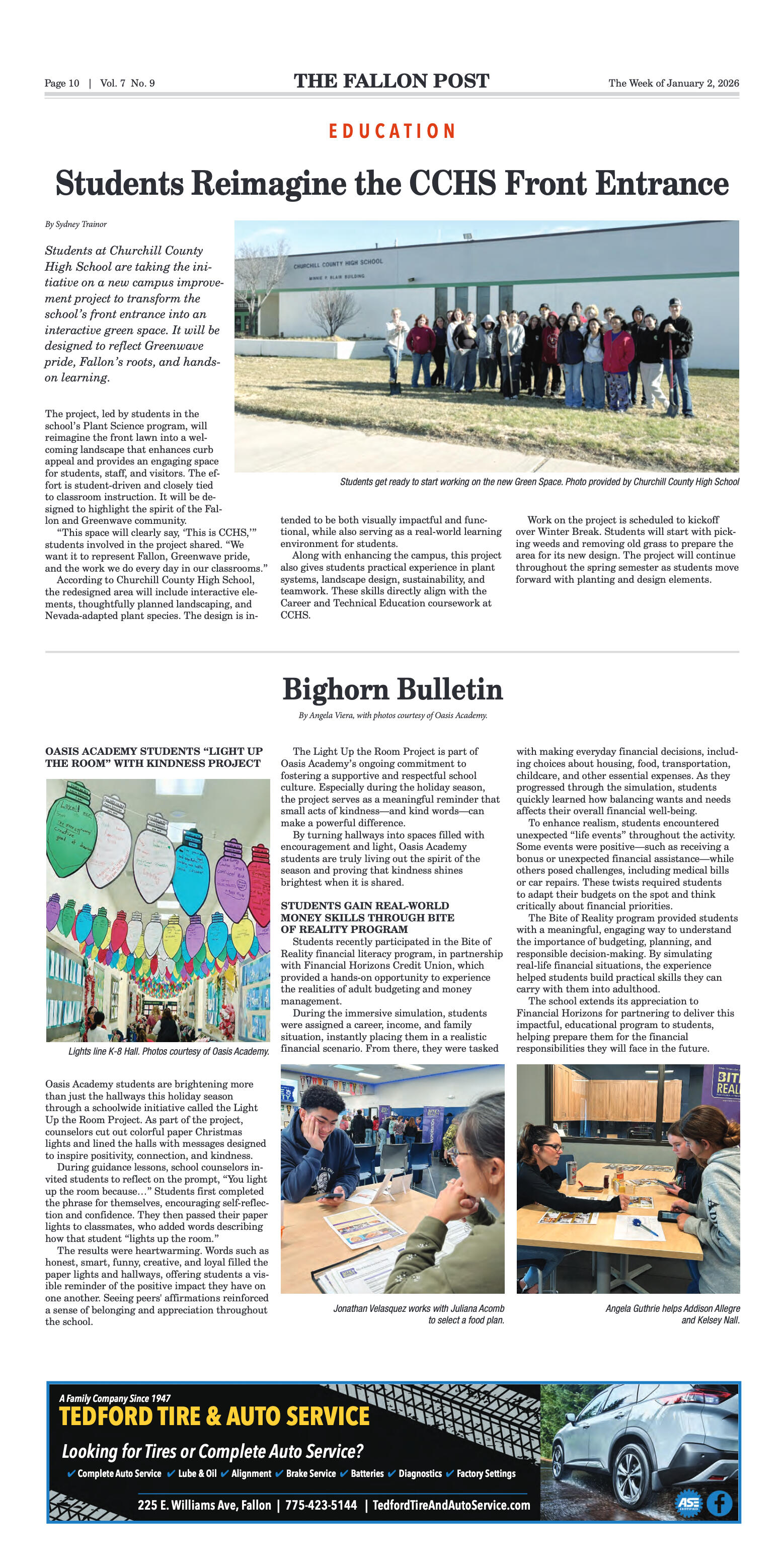
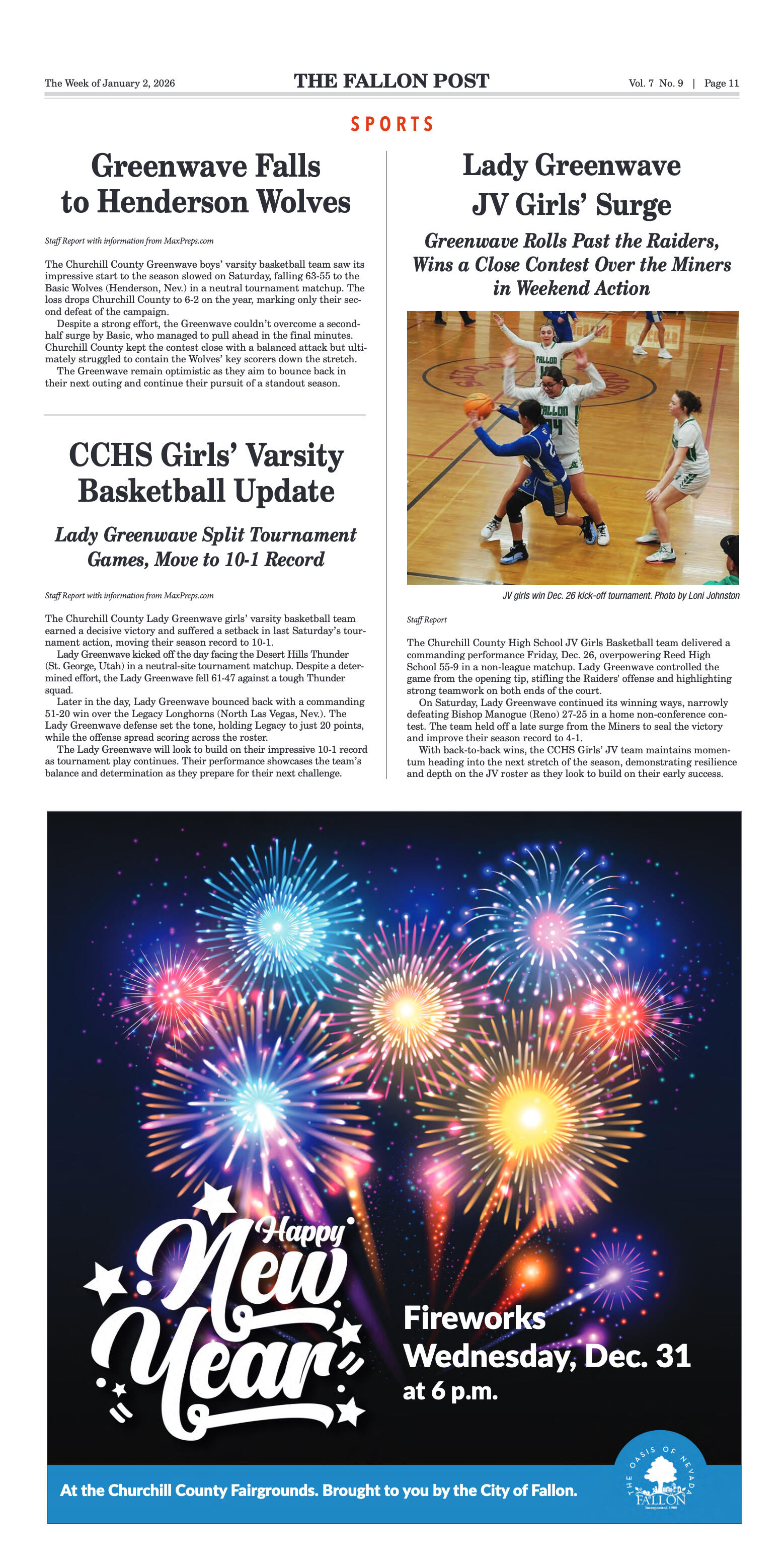
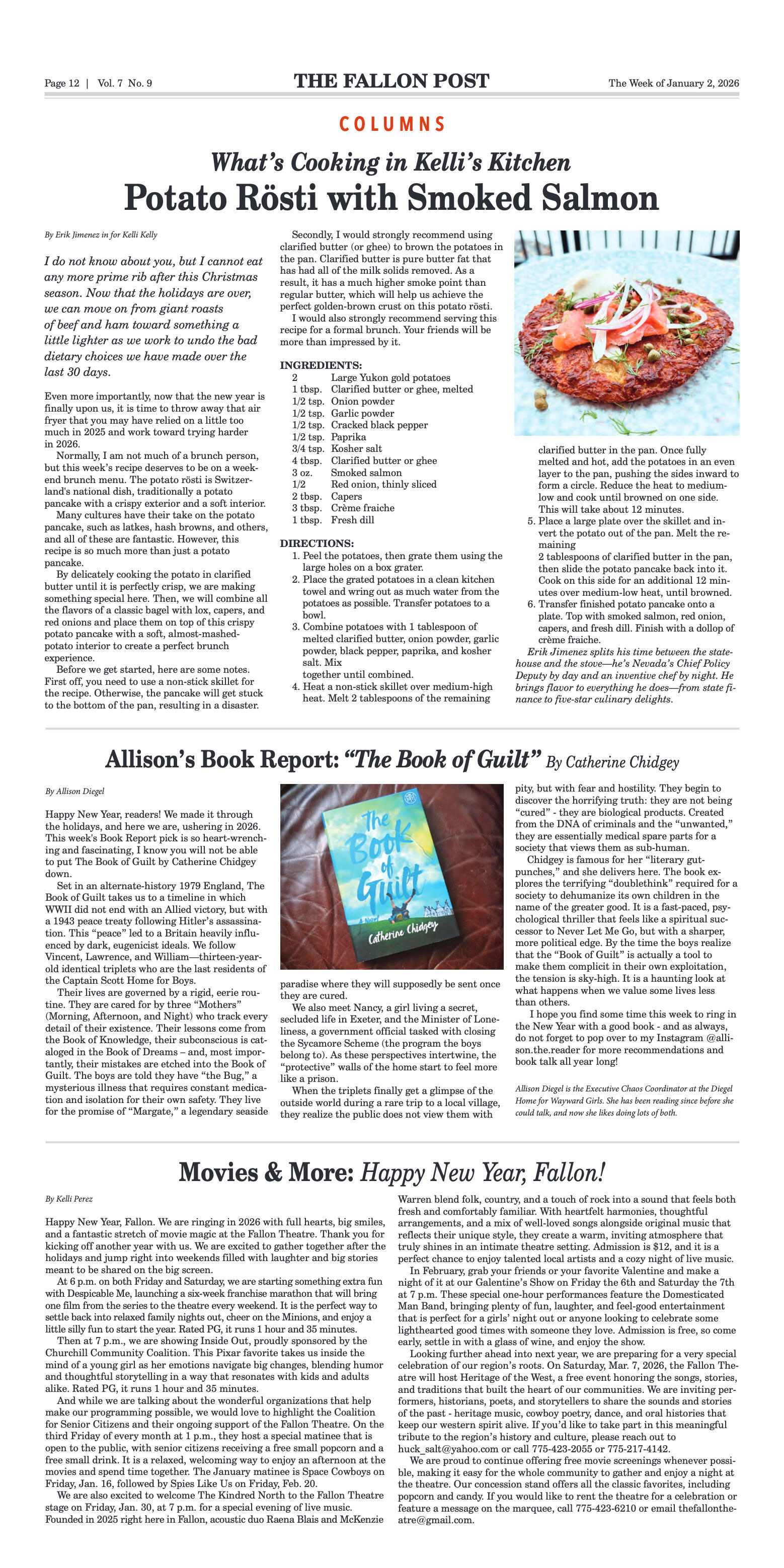
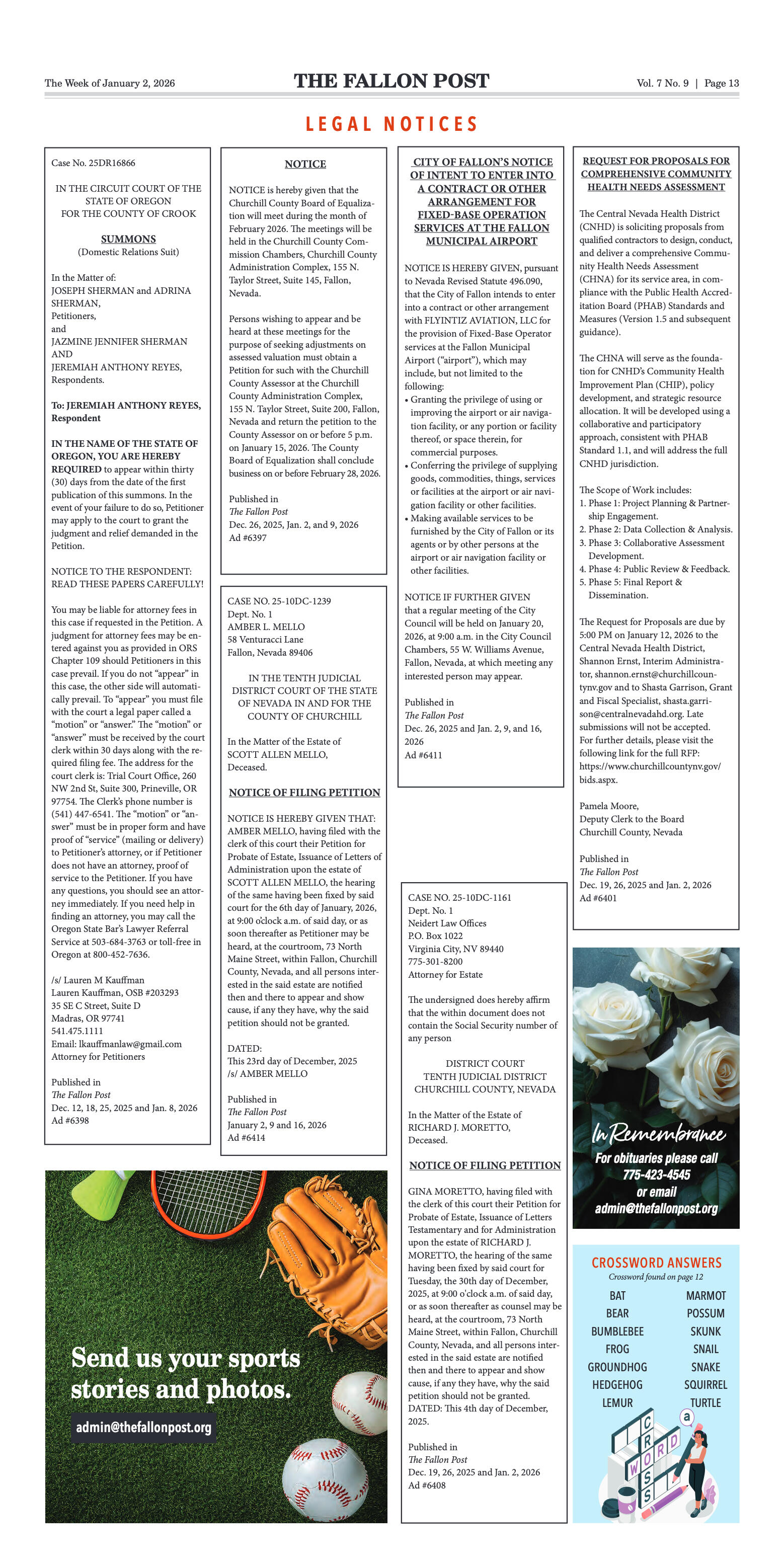
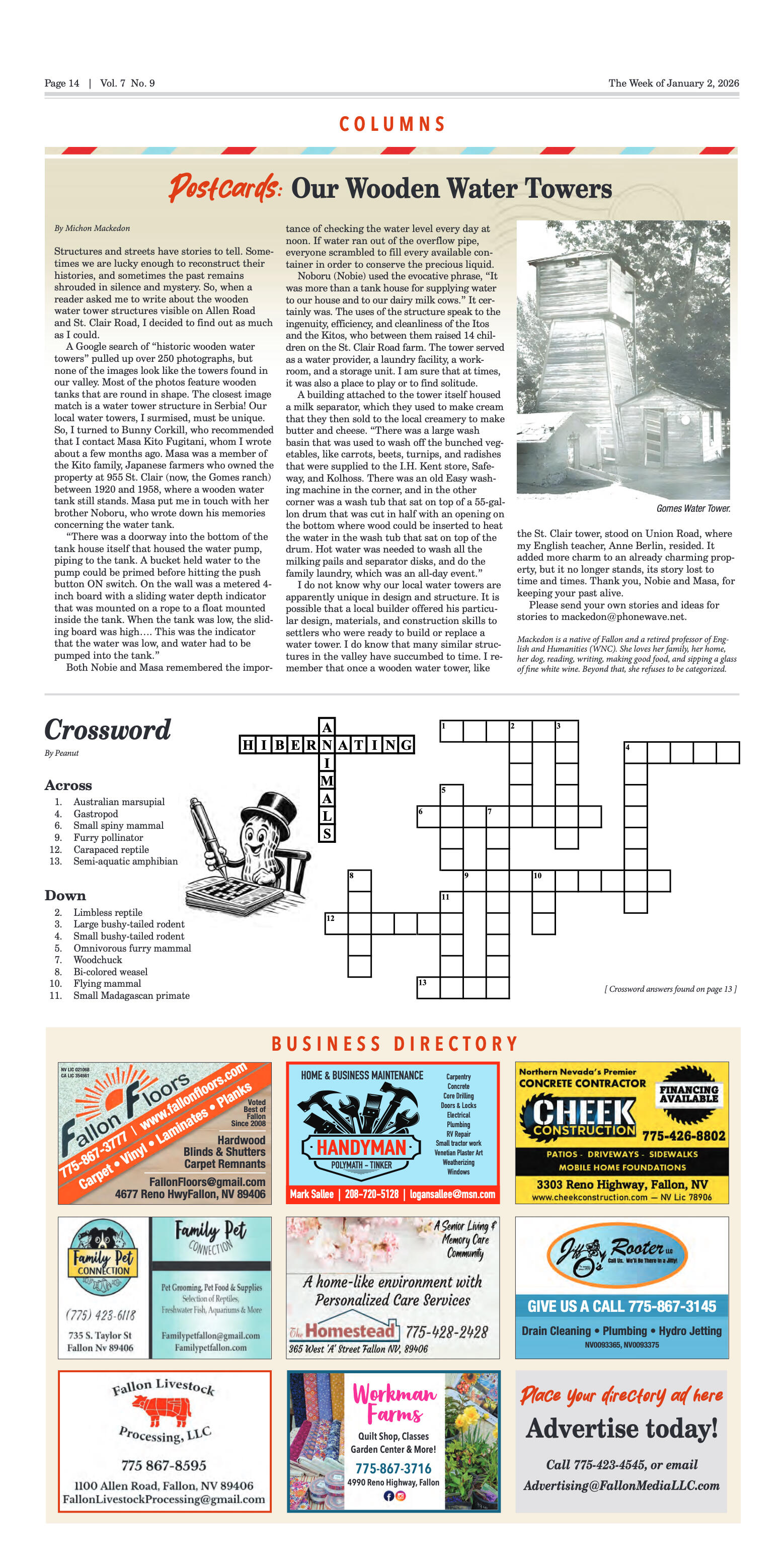
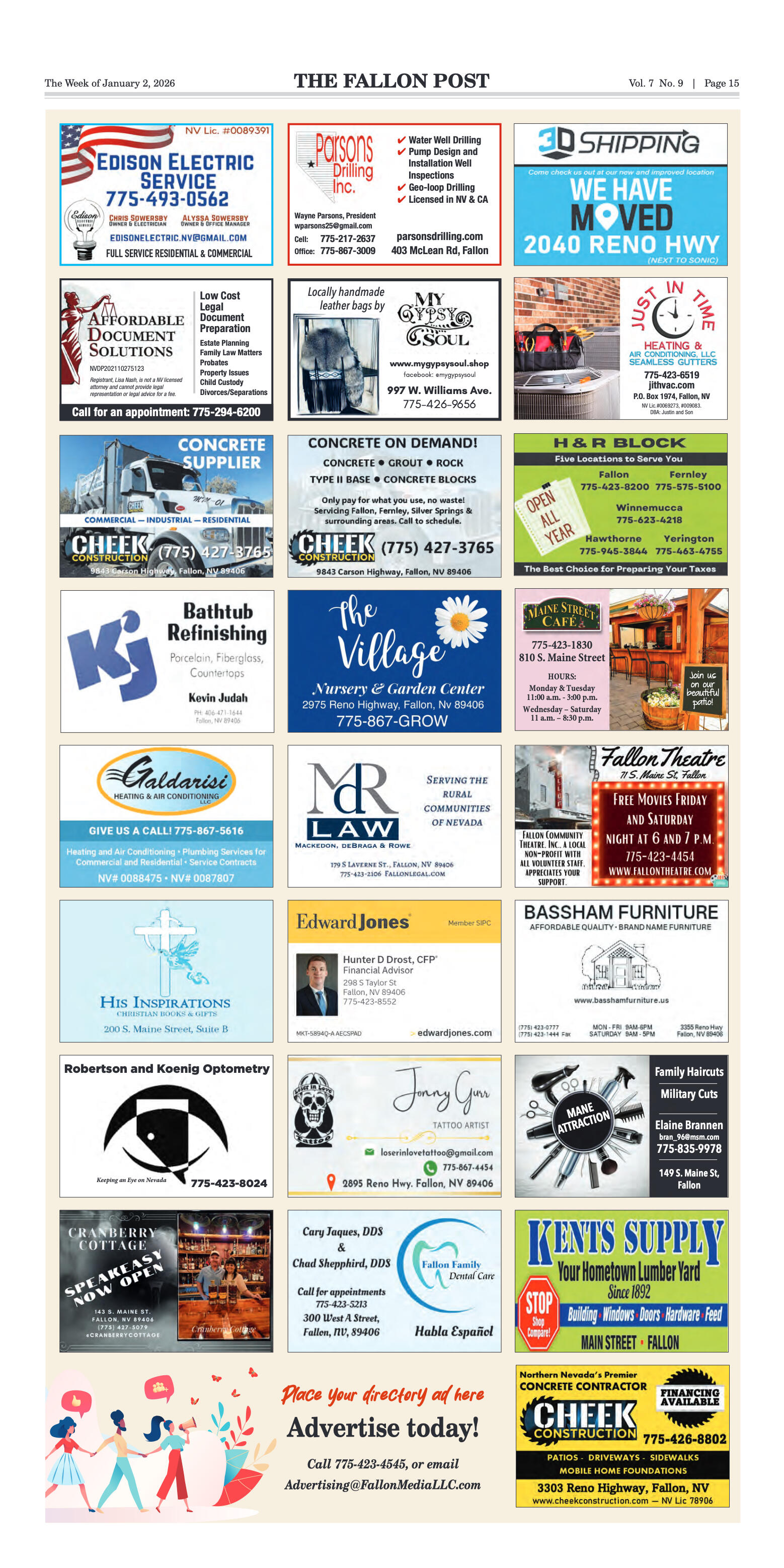
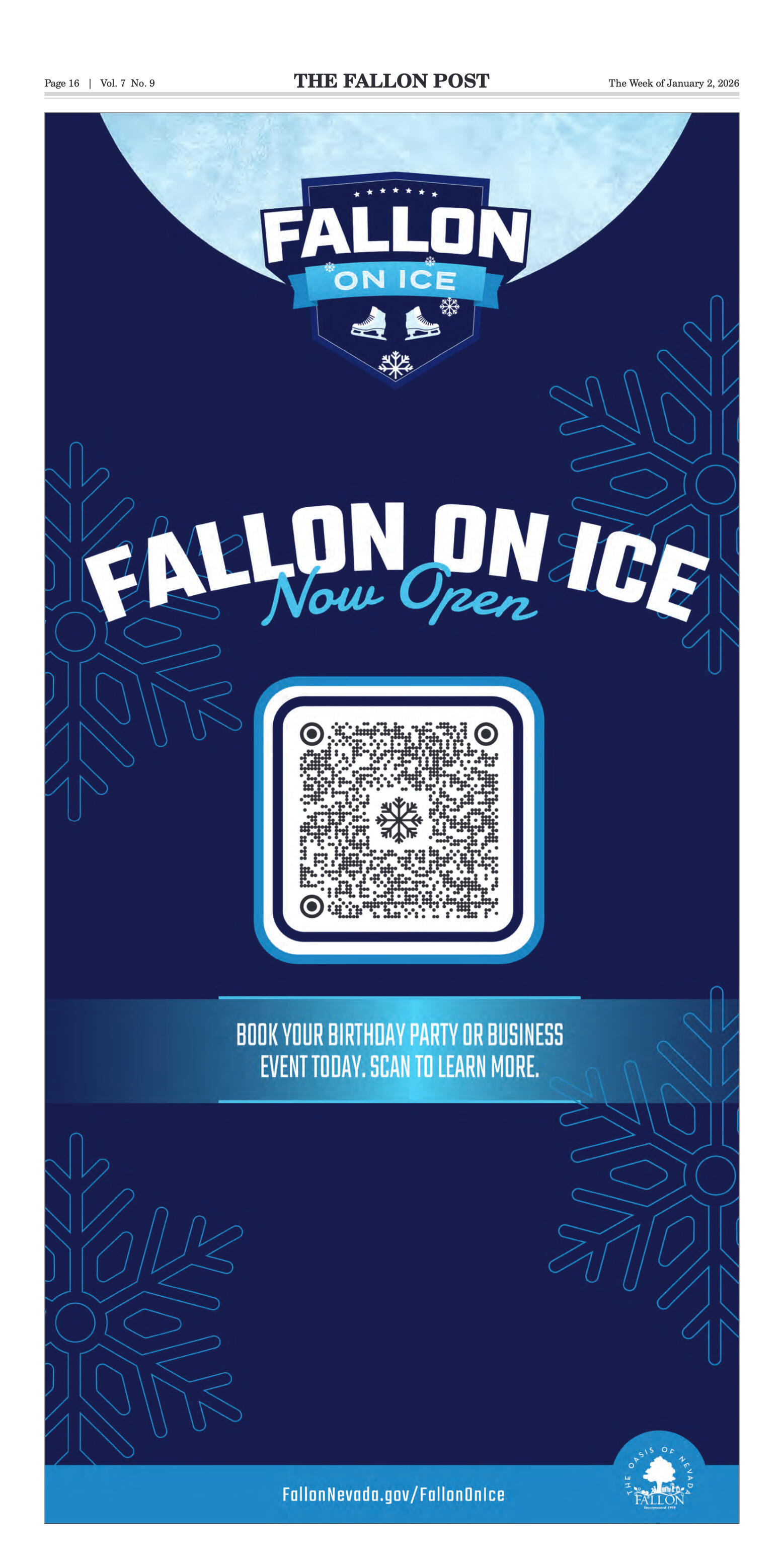

















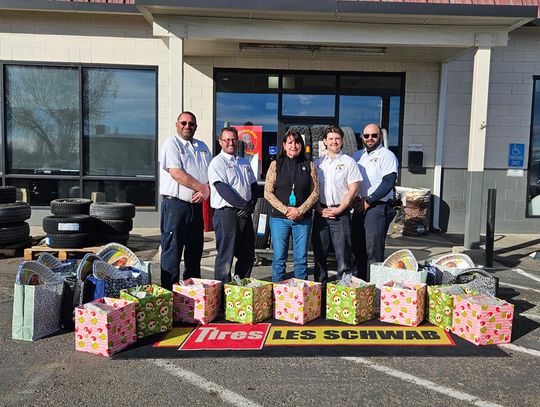




Comment
Comments